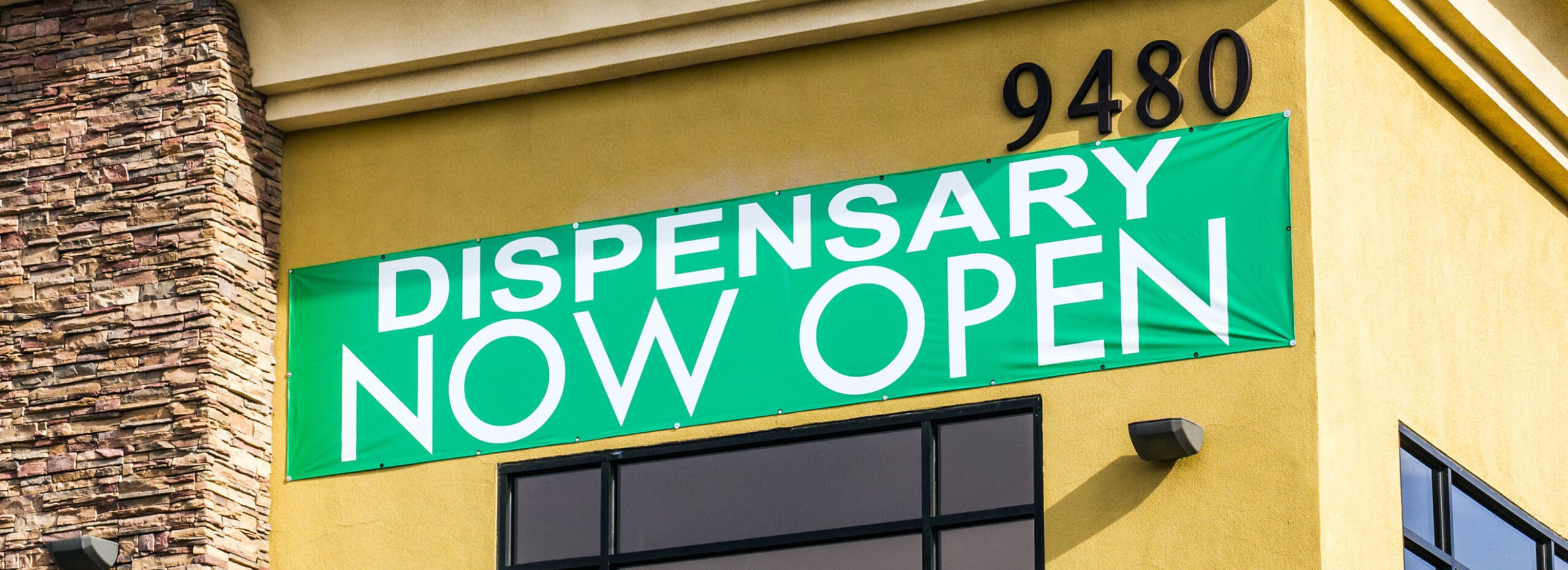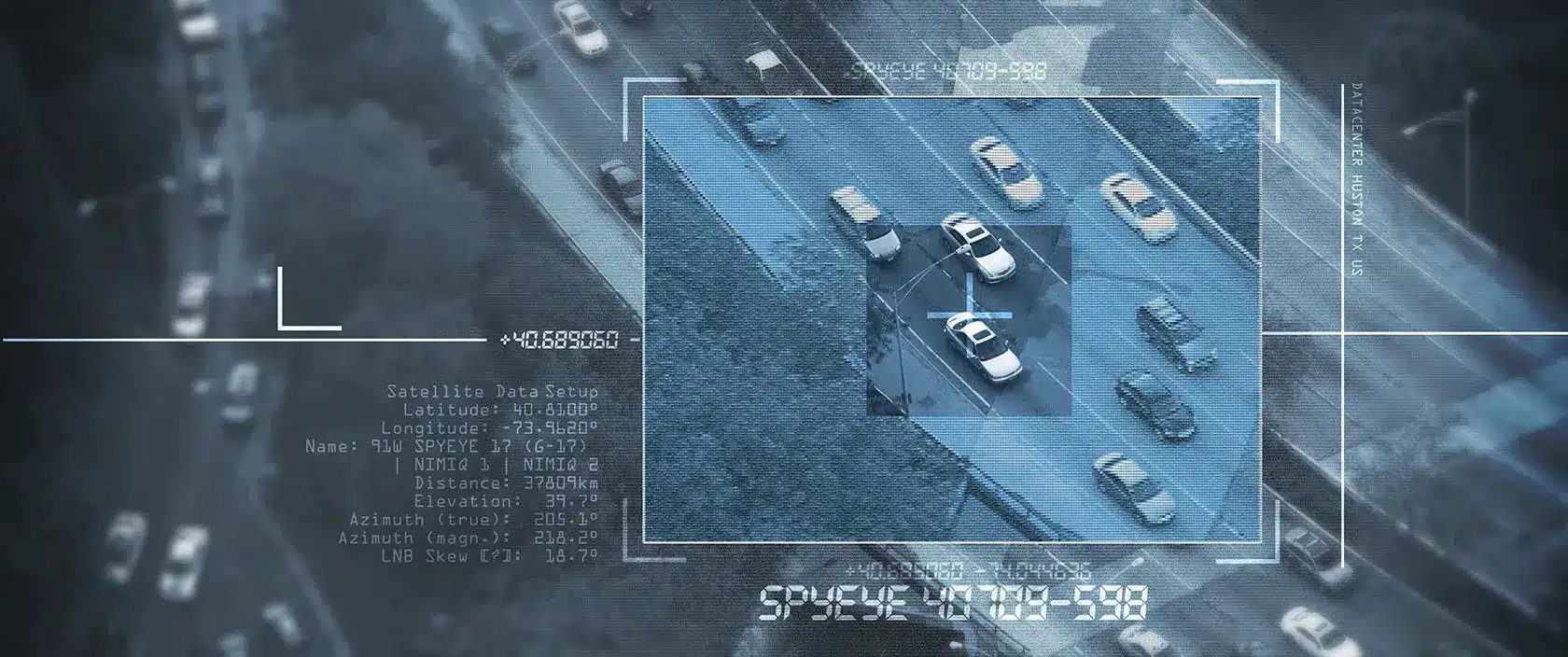Artificial intelligence (AI), once confined to science fiction movies, is now a dynamic force transforming various industries, and construction is no exception. The infusion of AI into construction processes has paved the way for unprecedented advancements, revolutionizing how projects and jobsites are planned, executed, and maintained.
In terms of video surveillance, conventional security camera systems merely capture visual data. This is an outdated and reactive approach to video surveillance. Companies are being proactive by incorporating human operators to identify suspicious activities by monitoring hours of footage in real time. In other words, technology is changing construction.
However, the landscape of surveillance has undergone a profound transformation over the past decade, propelled by the explosive growth of AI. This transformative technology has seamlessly integrated into video surveillance, giving it capabilities far beyond those of traditional systems. Now the best practice for video surveillance is to partner trained human monitoring operators with technology like video analytics and artificial intelligence.
The contemporary use of AI in video surveillance marks a shift as this pairing enables video surveillance systems to leap beyond their original and traditional basic functions. Unlike their traditional counterparts, AI-enhanced surveillance systems possess the power to go beyond passive recording. They are now equipped with intelligent features that can not only capture visuals but also analyze, interpret, and respond to dynamic scenarios in real time.
Here are some ways in which artificial intelligence helps boost construction site security.
Intelligent Activity Recognition
One of the advancements facilitated by AI in video surveillance is intelligent activity recognition. Rather than relying solely on human vigilance, AI algorithms can autonomously detect and analyze patterns of behavior, quickly identifying potential threats or irregularities within a monitored environment. This proactive approach can enhance the system’s ability to help deter security breaches and respond promptly to emerging situations.
Gone are the days of passive video recording. The integration of AI has ushered in a new era where surveillance systems not only capture visual data but also possess the cognitive abilities to interpret and respond to the nuances of human behavior in real time.
At its core, intelligent activity recognition harnesses the power of sophisticated AI algorithms to autonomously discern and analyze patterns of activity within a monitored environment. This extends far beyond the limitations of older surveillance processes, where human operators were tasked with the exhaustive and often impractical job of scrutinizing hours of footage. Now, AI such as video analytics serves as the vigilant digital guardian, tirelessly scanning visual data to identify anomalies and potential threats.
The algorithms driving intelligent activity recognition are designed to understand human behavior, recognizing the obvious and subtle deviations from established norms. This understanding allows the system to differentiate between routine activities and potentially suspicious actions.
One of the key strengths lies in the system’s ability to adapt to diverse scenarios. Machine learning algorithms that boost intelligent activity recognition continuously evolve, learning from past data and adjusting their models to new patterns and emerging threats.
This adaptive learning ensures that the surveillance system becomes increasingly adept at recognizing both known and new security risks, contributing to a dynamic and robust security infrastructure.
Moreover, intelligent activity recognition plays a vital role in reducing false positives. By incorporating contextual information and cross-referencing with other data sources, the system enhances its accuracy in distinguishing between genuine security concerns and benign activities. This not only helps minimize the risk of unnecessary alarms but also optimizes the efficiency of human operators who can focus on responding to genuine threats.
Intelligent activity recognition powered by AI is a cornerstone in the evolution of video surveillance as part of construction site security. As this technology continues to advance, the integration of intelligent activity recognition stands as a testament to the transformative potential of AI in shaping the future of security and surveillance.
Automated Anomaly Detection
Traditionally, monitoring construction sites for security breaches relied heavily on human surveillance, often entailing long hours of video footage analysis. With the advent of AI, this process has transformed. Advanced algorithms and machine learning can now sift through vast amounts of data, discerning irregularities or suspicious activities in real time.
As mentioned before, one of the primary strengths of automated anomaly detection lies in its ability to identify deviations from normal patterns. Whether it’s unauthorized personnel accessing restricted areas, unusual movements during non-operational hours, or unexpected changes in environmental conditions, AI algorithms can swiftly flag these anomalies.
This minimizes the risk of overlooking potential security threats and reduces the workload on monitoring operators. It allows them to focus on responding to verified incidents.
Additionally, AI-driven irregularity detection systems are designed to adapt and learn continually. As they process more data over time, these systems refine their models, getting better at distinguishing between innocent activities and genuine security concerns. This adaptive learning capability helps ensure a higher level of accuracy and reduces false positives, a crucial factor in maintaining the effectiveness of construction site security protocols.
The application of automated detection of variances does much more than traditional video surveillance can. For instance, it can integrate with sensor networks to identify unexpected fluctuations in machinery operation, detect equipment malfunctions, or signal potential safety hazards. This proactive approach safeguards against security breaches and contributes to overall site safety and operational efficiency.
Predictive Analytics for Enhanced Security
The integration of predictive analytics emerges as a transformative force in construction site security, steering the industry toward a future where potential risks are proactively identified and effectively managed. By employing advanced algorithms, predictive analytics meticulously examines extensive datasets.
These datasets include historical project information, current environmental conditions, and real-time inputs. This detailed analysis empowers construction site security systems to anticipate potential security risks, supplying companies with the ability to do forward-looking threat management.
An integral application of predictive analytics in construction security lies in its ability to foresee potential breaches or security incidents. By discerning patterns and relationships within the data, the system can provide early warnings for unauthorized access, equipment malfunctions, or other anomalies that may compromise the site’s integrity.
Scrutinizing historical data enables predictive analytics to forecast potential maintenance needs, which can minimize downtime and optimize operational efficiency. This proactive approach enhances security measures and contributes to the overall smooth functioning of construction projects.
Facial Recognition and Biometric Identification
Facial recognition and biometric identification technologies are reshaping access control and personnel management. These solutions provide a seamless and efficient means of helping to ensure a secure construction site environment.
Facial recognition, a cornerstone in biometric technology, allows for the identification and verification of individuals based on facial features. Authorized personnel can seamlessly navigate entry points, enhancing security by helping prevent unauthorized access. Furthermore, facial recognition helps track attendance, streamline workforce management, and ensure accountability.
Biometric identification can work with more than facial features. It can identify fingerprints and other unique physiological traits to reinforce construction security measures. By associating biometric data with individuals, construction sites can implement foolproof access control systems, mitigating the risk of unauthorized entry and potential security breaches.
Furthermore, these powerful tools contribute to a more streamlined and efficient workflow, as biometric authentication minimizes the reliance on traditional identification methods, such as key cards or PIN codes.
Integration with IoT and Sensor Networks
The fusion of artificial intelligence with the Internet of Things (IoT) and sensor networks represents a big step towards comprehensive and adaptive surveillance. This integration introduces a web of interconnected devices and sensors that collectively contribute to a better understanding of the construction environment.
Smart sensors, ranging from environmental monitors to motion detectors, feed real-time data into the AI-driven system. By leveraging this diverse array of inputs, construction security gains a holistic perspective, enabling it to swiftly identify and respond to potential threats.
The interconnectedness of IoT and sensor networks surpasses traditional security measures and provides a proactive stance. It allows for a dynamic response to evolving security challenges. This relationship between AI and IoT helps ensure construction sites are not merely observed but actively safeguarded responsively and intelligently.
Continuous Learning and Adaptation
A noteworthy feature of AI and video analytics in video surveillance is the capacity for continuous learning. Machine learning algorithms enable these systems to adapt and improve over time, honing their capabilities in recognizing new threats and evolving patterns of behavior.
The parameters for which the analytics monitor can be changed as necessary. This helps ensure that the surveillance infrastructure remains robust and effective in the face of ever-changing security challenges.
The infusion of AI into video surveillance has transcended the limitations of traditional systems. From intelligent activity recognition to predictive analytics and continuous learning, these advancements lead the way in bolstering construction site security capabilities.
The Need to Customize Construction Site Security
Every construction jobsite is different. Some are in the city while others are out in the countryside. Maximizing construction site security demands treating each site as a new project. If a construction company wants to remain competitive, then it needs to welcome technological transformation when it comes to construction site video surveillance monitoring and technology.
Companies that adopt the power of video surveillance technology can benefit as they’ll have a safer and more efficient construction security solution. If you’d like to dive further into the topic, check out construction security and safety best practices guide. Do you have questions? Contact us.
Texas Private Security License Number: B14187
California Alarm Operator License Number: ACO7876
Florida Alarm System Contractor I License Number: EF20001598
Tennessee Alarm Contracting Company License Number: 2294
Virginia Private Security Services Business License Number: 11-19499
Alabama Electronic Security License # 002116
Canada TSBC License: LEL0200704




